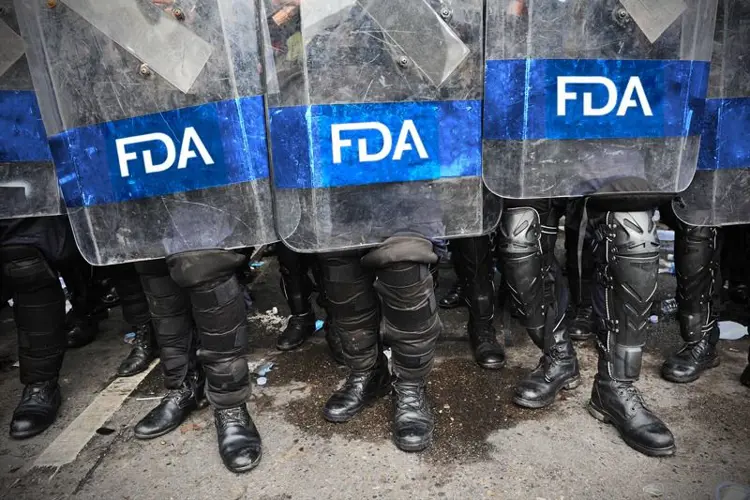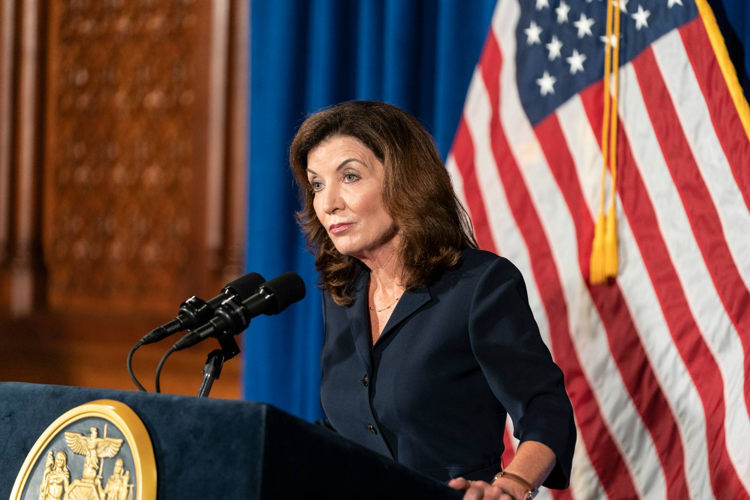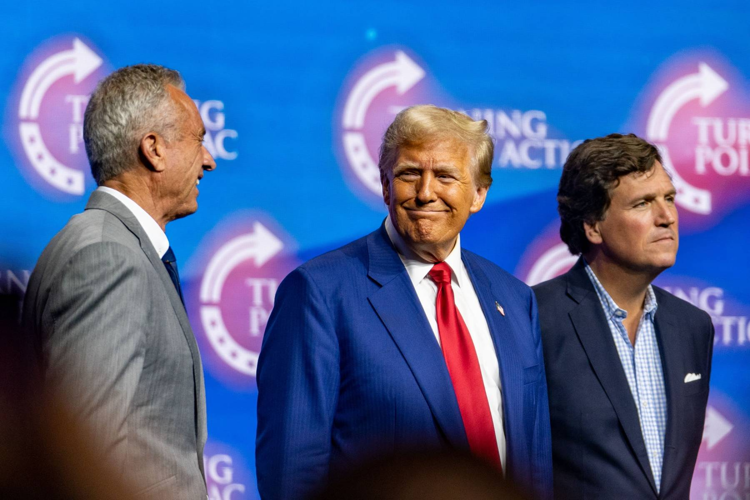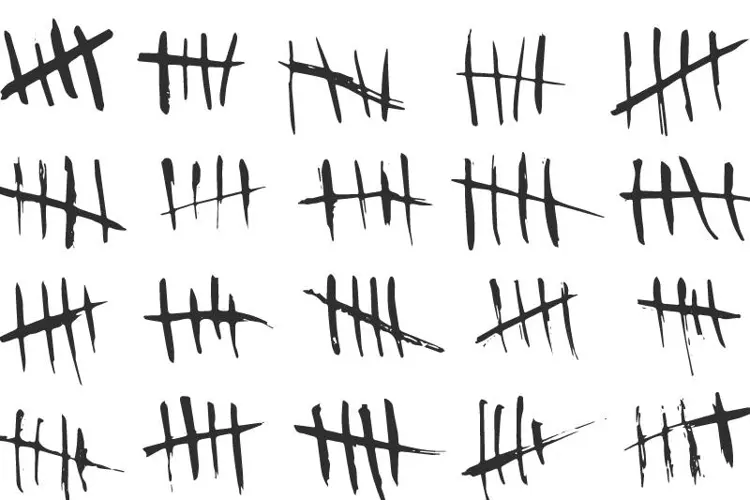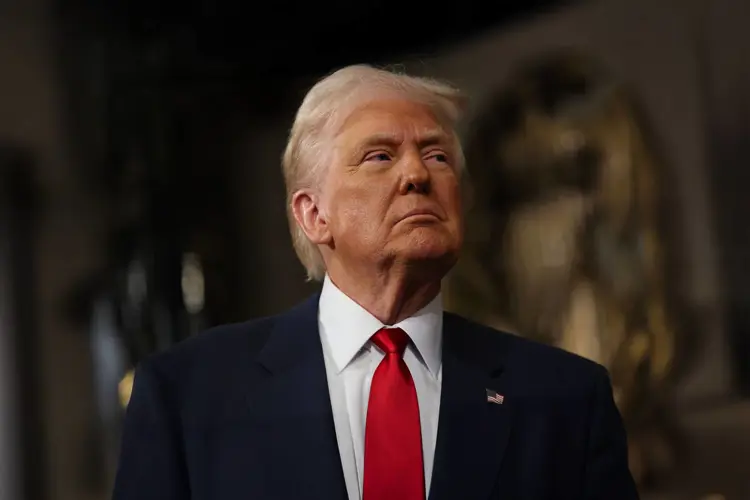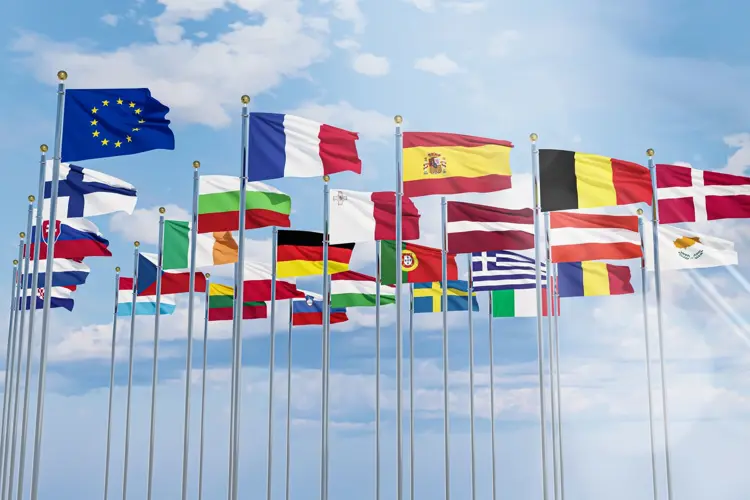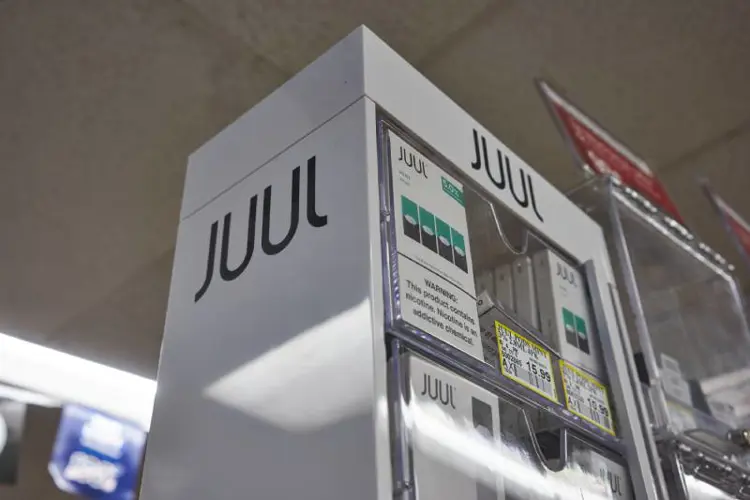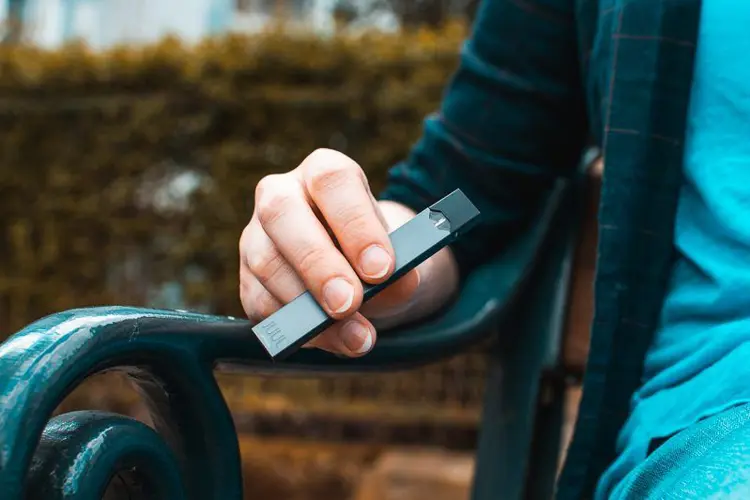The ninth meeting of the Framework Convention on Tobacco Control (FCTC) will be held next week, from Nov. 8-13. FCTC is an international treaty organization, created under the auspices of the World Health Organization (WHO) FCTC's 180 member countries (“Parties” to the treaty) meet every two years—although last year’s conference was postponed until now due to the coronavirus pandemic.
The biennial FCTC meeting is called the Conference of the Parties. This is the ninth one, so it’s referred to as COP 9. Because of the pandemic, this year’s COP is being held online, depriving hundreds of government bureaucrats of a week-long paid junket to some distant location.
At these meetings, the Parties hear evidence, discuss and decide on policies to be adopted by member countries. The Parties are bound by the treaty to implement COP decisions to the extent their national laws allow. Most of the policy decisions involve strategies to limit supply and demand of tobacco and nicotine products.
The FCTC’s founding document lists harm reduction as one of the pillars of tobacco control. In practice, however, the organization has rejected harm reduction as a real-world strategy for eliminating the disease and death caused by smoking. Instead, the FCTC leadership has consistently recommended its member countries adopt high taxes and bans on advertising and public use, among other restrictions.
In recent years, the FCTC’s focus has shifted from the cigarettes that kill about seven million people yearly, and onto vaping and other low-risk nicotine products, adopting the anti-vaping party line of the WHO—and the American tobacco control leaders and funders that inform its positions. The WHO was the first major public health agency to take an anti-vaping stance (in 2008), and its tobacco control treaty convention’s leaders have followed the same path.
Vaping discussions postponed? Will the UK delegation support THR?
The FCTC Secretariat (leadership group) announced earlier this year that evidence on vaping and heated tobacco products will be presented to the Parties at this year’s COP, but decisions will be postponed until COP 10 in 2023.
Nobody knows why the Secretariat decided to postpone discussions of vaping—but the decision isn’t written in stone. Any Party at COP 9 could propose that the “ENDS” issue be addressed at COP 9, and without any objection from other delegates it would happen. That’s one reason the UK’s New Nicotine Alliance issued a call to action asking British vapers (and other nicotine product users) to contact their MPs and urge them to demand that UK health secretary Maggie Throup “insist that the substantive discussion of reduced risk nicotine products is not discussed at the WHO’s virtual COP 9 meeting in November, but instead deferred to COP 10.”
So far that seems to havegotten mixed results, even with the UK Parliament’s pro-vaping caucus weighing in earlier this year to urge Throup to “send a balanced delegation of officials and experts that includes proponents of evidence-based policy and harm reduction to COP 9.” It’s questionable whether the UK COP 9 delegation will challenge the anti-THR FCTC leadership, but it’s crucial that they at least prevent a full-scale discussion of vaping recommendations during this year’s meeting. (The UK is the largest funder of the FCTC Secretariat’s operations, by the way.)
Incidentally, one THR advocate (CAPHRA’s Nancy Loucas) believes the announcement that discussions on vaping and heated tobacco products would be postponed was a ruse by the FCTC Secretariat to avoid generating a firestorm of opposition to COP 9.
The United States provides dogma and dollars
The United States is a signatory of the FCTC, but not a Party. Because it signed but never ratified the treaty, the U.S. doesn’t have a vote at COP 9. However, the U.S. sends a delegation of non-voting observers, and American governmental and (especially) non-governmental agencies are responsible for much of the Framework’s positions and policies—and its clear anti-vaping and anti-tobacco harm reduction (THR) stance.
It is American ideological energy—especially from the Campaign for Tobacco-Free Kids (TFK) and its allies—that animates the prohibitionist bent of the FCTC. Many of these anti-vaping influencers will be part of COP 9 as observers or in other roles. Many are affiliated with the Framework Convention Alliance (FCA), which describes itself as “a civil society alliance whose mission is to help strengthen the WHO FCTC and support its full and accelerated implementation worldwide.”
The FCA says its work “is made possible thanks to the following supporters and funders: Action on Smoking and Health USA, Campaign for Tobacco-Free Kids, Canadian Cancer Society, Cancer Research UK, Cancer Council Victoria, Gates Foundation, Norwegian Cancer Society and Vital Strategies.”
It is largely American money—much of it from billionaire ex-New York City mayor Michael Bloomberg—that pays the way for TFK, The Union, other anti-vaping tobacco control groups, and the WHO itself to encourage health ministries, legislators and dictators around the world to reject harm reduction and instead impose harsh regulations and laws that prevent many people from accessing e-cigarettes and other low-risk nicotine products.
FCTC delegates from Canada, France, the UK and other democracies should not approve or stand silent while this international organization removes legitimate stakeholders and the free press that reports on this event. But they do.
In 2020, for example, Paris-based and Bloomberg-funded lung health group The Union issued a position paper advocating “protective and preventive sales bans” on vaping and heated tobacco products in low- and middle-income countries (LMICs). The Union justified its call for prohibition “with arguments allegedly based on the need to comply with the tobacco control policy advice of the Framework Convention for Tobacco Control (FCTC),” according to Pro-Vapeo Mexico AC founder Dr. Roberto Sussman.
The International Network of Nicotine Consumer Organisations (INNCO)—an umbrella group representing dozens of nicotine consumer organizations around the world—called the heavy-handed, anti-democratic Bloomberg policy approach “philanthropic colonialism.”
“Global organisations such as the WHO, Bloomberg Philanthropies and The Union wield great influence in LMICs through sponsorship of healthcare programs and public initiatives,” said INNCO’s position paper. “This influence manifests itself through top-down policymaking approaches, telling LMICs what is best for them.”
Bloomberg’s funding of the WHO’s tobacco control efforts have earned him an appointment as the “WHO Global Ambassador for Noncommunicable Diseases and Injuries.” And it was Bloomberg’s foundation, Bloomberg Philanthropies, that funded the 210-page WHO report on the "global tobacco epidemic," which will be presented at COP 9 as evidence upon which the members will base decisions on recommended laws and regulations concerning low-risk nicotine products like e-cigarettes.
FCTC secrecy and “tobacco industry interference”
COP meetings begin with agreement on the ground rules, which for many years has included ejecting the news media and unapproved observers. In fact, based on FCTC’s dedication to preventing “tobacco industry interference,” COP events are almost comically secretive.
FCTC’s Article 5.3 enshrines the denial of access to all tobacco industry representatives, but the leadership has expanded that to include anyone with any perceived connection to tobacco, including advocates and consumers of tobacco-free nicotine products. At one COP, an Interpol representative was excluded from meetings because the international police agency had cooperated with the tobacco industry to combat illegal tobacco sales.
This year the “COP Bureau” (a group elected at the previous COP that plans the next COP) has recommended the Parties deny observer status to INNCO and the NNA-UK—presumably based on supposed tobacco industry connections, although they have no such conflicts.
But many Parties to the FCTC are countries that themselves own or partially own tobacco companies, including China, Japan, Thailand and India. China sends delegations to the COP meetings mainly consisting of State Tobacco Monopoly Administration employees. The STMA both regulates and manages the state-owned China National Tobacco Corporation—the world’s largest cigarette manufacturer.
What’s not comical is delegates from democratic countries (which are generally in favor of transparency) going along with this charade. FCTC delegates from Canada, France, the UK and other democracies should not approve or stand silent while this international organization removes legitimate stakeholders and the free press that reports on this event. But they do.
Can vapers and nicotine consumers watch or participate?
The conference can’t be seen online, and there will be little detailed coverage in the press, because the FCTC doesn’t share the process with the public or news media. The policies and laws the Parties decide on affect more than a billion nicotine users, but they are excluded from participation entirely.
The previously discussed Framework Convention Alliance issues a bulletin at the end of each day’s proceedings. However, it doesn't really explain everything that happens at the COP.
There will be some organized opposition events that anyone who is interested can take part in, along with extensive activity on social media. On Twitter, especially, vapers will respond to the secretive COP 9 delegates with tweets using the official conference hashtags #COP9FCTC and #COP9.
Here are some of the resources you can take advantage of during the week-long COP 9:
A group of vaping and THR advocates have created a website called COPWATCH, which has more advice about participation on social media and other interesting information. UPDATE: COPWATCH is also issuing bulletins throughout the daily sessions with very good information about what's happening.
INNCO is sponsoring a rally in London on the opening day of COP 9, to “applaud the UK government’s evidence-based support for tobacco harm reduction,” and highlight the importance of the FCTC meeting. It starts at 10:00 a.m. in Parliament Square.
The Coalition of Asia Pacific Harm Reduction Advocates (CAPHRA) has organized a full week of streaming counter-programming called sCOPe (streaming Consumers On Point everywhere), with live around-the-clock discussions featuring THR advocates and consumers. It can be viewed on Facebook and YouTube.
The sCOPe lineup includes a star-studded group of vaping and THR advocates from around the world. Streaming will begin at 11:00 p.m. Eastern Standard Time on Sunday, Nov. 7.
Lindsey Stroud and Martin Cullip of the Taxpayers Protection Alliance will have a streaming event each weekday of COP 9—from Monday, Nov. 8 until Friday, Nov. 12—from 8:00 to 11:00 a.m. EST. You can watch it on TPA's YouTube channel or Facebook page.
Suggested further COP 9 reading
One hundred specialists call for WHO to change its hostile stance on tobacco harm reduction (Clive Bates)
Prohibitionists at work: how the WHO damages public health through hostility to tobacco harm reduction (Clive Bates)
ETHRA and partners write to the delegations of the European Parties to FCTC COP 9 (European Tobacco Harm Reduction Advocates)
A Tale of Two COPs (Sudhanshu Patwardhan)
Fighting The Last War: The WHO and International Tobacco Control (Harry Shapiro/Global State of Tobacco Harm Reduction)
The Freemax REXA PRO and REXA SMART are highly advanced pod vapes, offering seemingly endless features, beautiful touchscreens, and new DUOMAX pods.
The OXVA XLIM Pro 2 DNA is powered by a custom-made Evolv DNA chipset, offering a Replay function and dry hit protection. Read our review to find out more.
The SKE Bar is a 2 mL replaceable pod vape with a 500 mAh battery, a 1.2-ohm mesh coil, and 35 flavors to choose from in 2% nicotine.
Because of declining cigarette sales, state governments in the U.S. and countries around the world are looking to vapor products as a new source of tax revenue.
The legal age to buy e-cigarettes and other vaping products varies around the world. The United States recently changed the legal minimum sales age to 21.
A list of vaping product flavor bans and online sales bans in the United States, and sales and possession bans in other countries.







